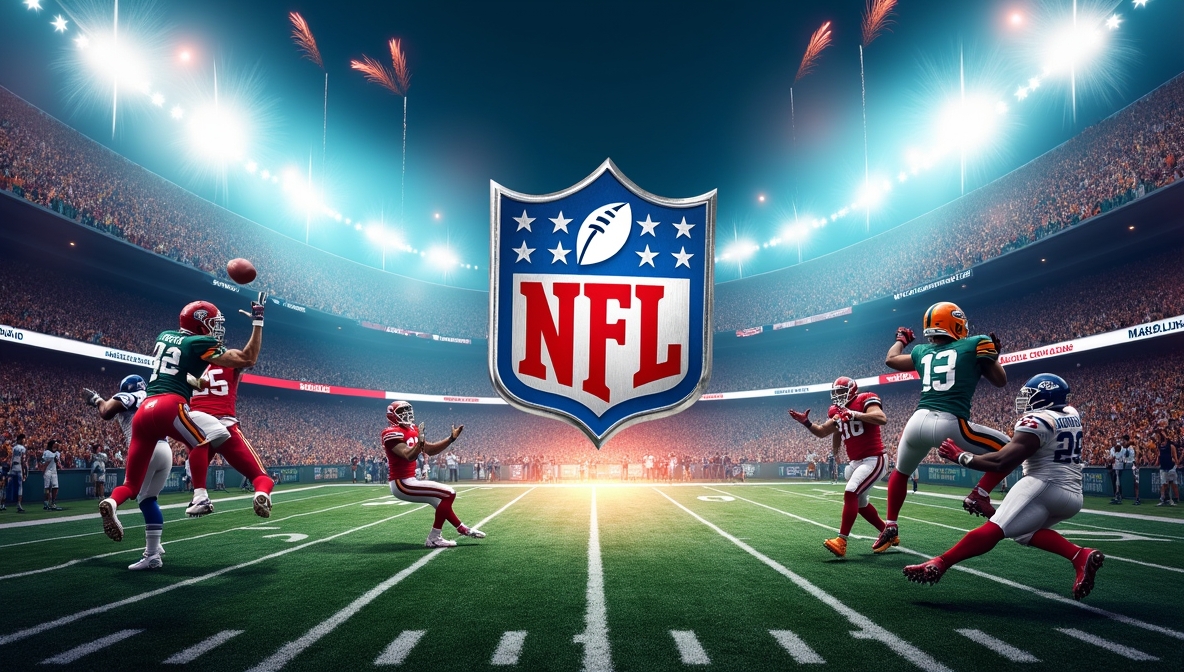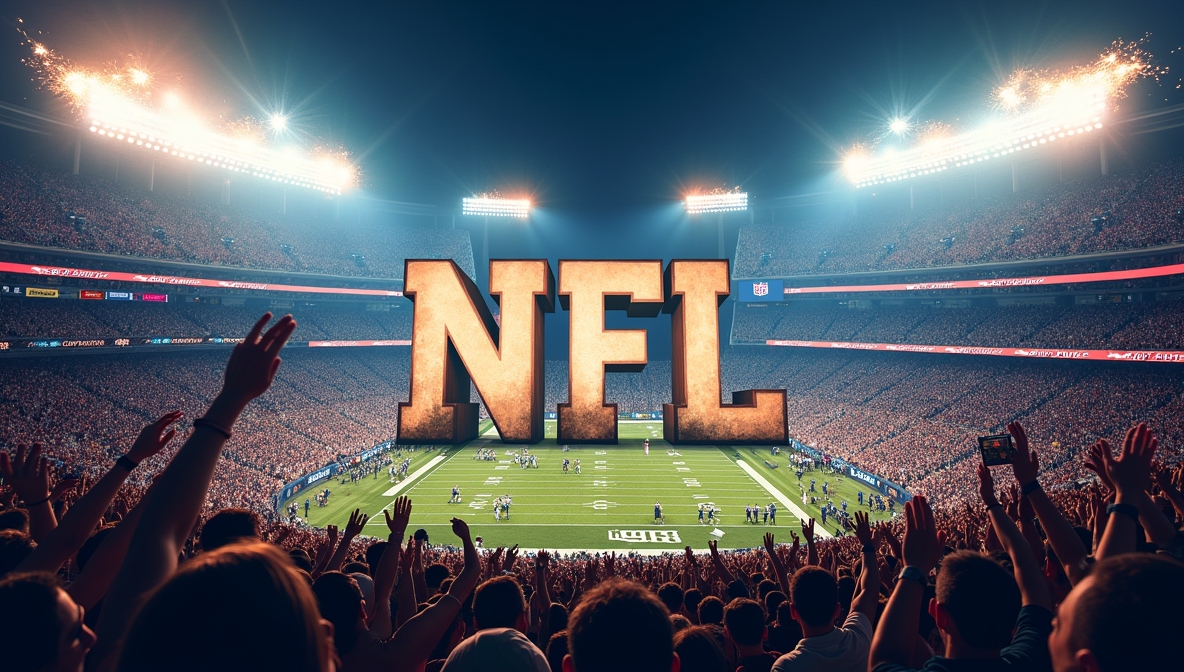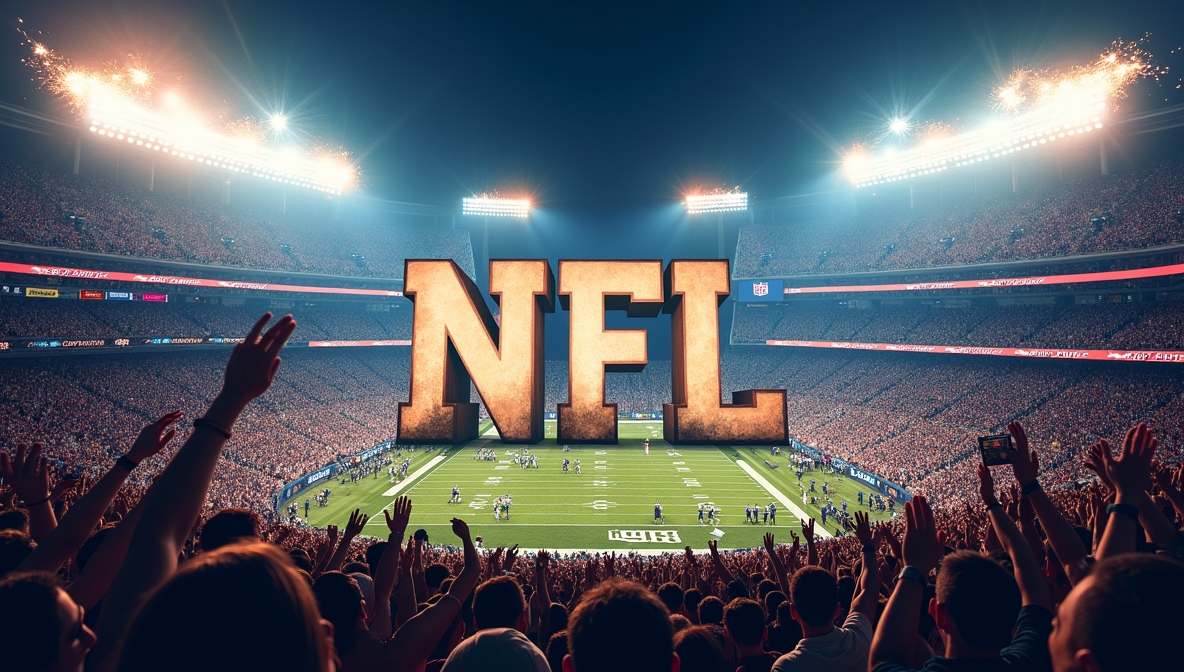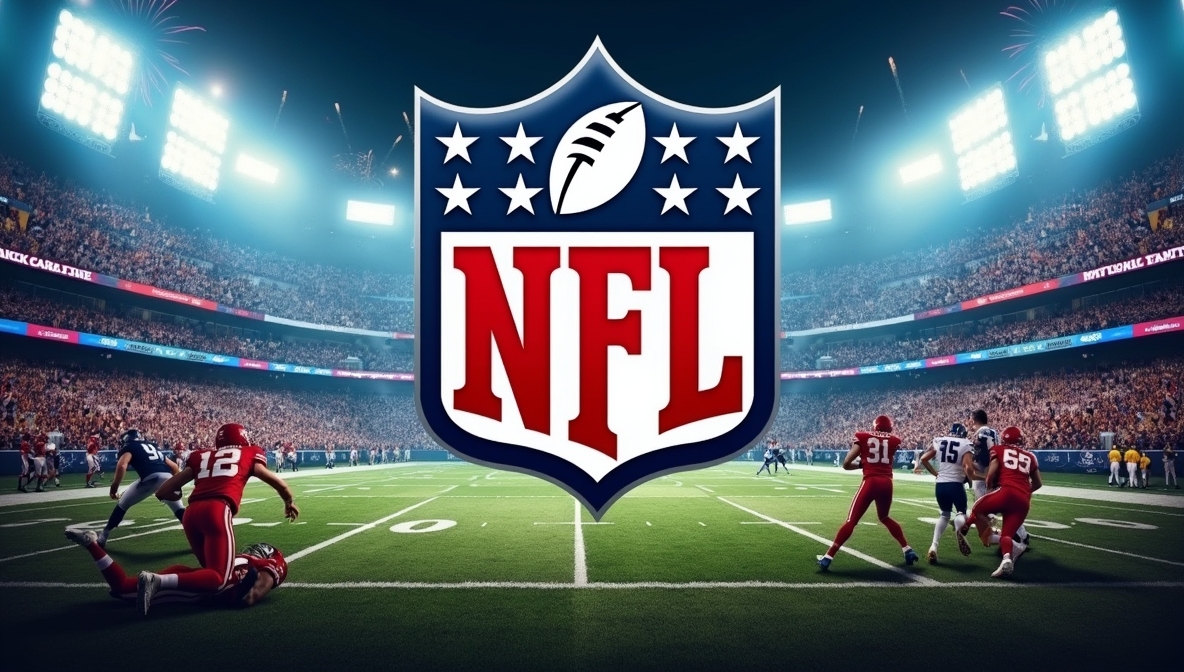The National Football League (NFL) is more than a sport—it’s a cultural institution built on the shoulders of extraordinary athletes whose talent, charisma, and innovation have defined its history. These legends transcended the gridiron, shaping the game’s evolution and inspiring generations. From pioneers who laid the foundation to modern icons who redefined excellence, this article celebrates five NFL legends whose impact endures.
Jim Brown: The Unstoppable Force
Jim Brown, the Cleveland Browns’ fullback from 1957 to 1965, was a force of nature who redefined the running back position. Standing 6’2” and 230 pounds, Brown combined brute strength with blazing speed, averaging 5.2 yards per carry over his nine-year career—a record that still stands. He led the NFL in rushing eight times, amassing 12,312 yards and 106 touchdowns, and won three MVP awards.
Brown’s dominance forced defenses to adapt, stacking the box to slow him down, which opened up the passing game. Off the field, he was a trailblazer, advocating for civil rights and retiring at 29 to pursue acting and activism. His abrupt exit at the peak of his powers only amplified his mystique. Brown didn’t just play the game; he reshaped its physical and cultural landscape, cementing his place as one of football’s greatest icons.
Joe Montana: The Comeback King
Joe Montana, quarterback for the San Francisco 49ers from 1979 to 1992, earned the nickname “Joe Cool” for his unshakable poise. With four Super Bowl titles, three Super Bowl MVPs, and two NFL MVPs, Montana set the standard for clutch performance. His most iconic moment came in the 1982 NFC Championship Game with “The Catch,” a game-winning touchdown pass to Dwight Clark, sparking the 49ers’ dynasty.
Montana’s mastery of Bill Walsh’s West Coast offense revolutionized NFL strategy, emphasizing precision passing and timing over raw power. His 40,551 passing yards and 273 touchdowns pale next to modern stats, but his 35 fourth-quarter comebacks tell the true story. Montana’s calm under pressure and knack for delivering in big moments made him the blueprint for every quarterback chasing greatness.
Lawrence Taylor: The Defensive Game-Changer
Lawrence Taylor, the New York Giants’ linebacker from 1981 to 1993, didn’t just play defense—he weaponized it. Known as “LT,” Taylor redefined the outside linebacker role with his ferocious pass-rushing and relentless energy. His 132.5 career sacks (unofficial, as sacks weren’t tracked until 1982) and two Super Bowl titles with the Giants only hint at his dominance. Taylor won three Defensive Player of the Year awards and the 1986 NFL MVP—a rare honor for a defender.
Taylor’s speed and instincts forced offenses to adjust, popularizing left tackles to protect quarterbacks’ blind sides. His larger-than-life personality and off-field struggles added complexity to his legacy, but on the field, he was unmatched. LT didn’t follow the game’s rules; he rewrote them, making defense a spectacle and inspiring a generation of pass-rushers.
Jerry Rice: The Gold Standard
Jerry Rice, wide receiver for the San Francisco 49ers from 1985 to 2000, is the NFL’s statistical king. His records—1,549 receptions, 22,895 yards, and 197 touchdowns—remain untouchable, even in today’s pass-heavy era. A three-time Super Bowl champion and 1989 Super Bowl MVP, Rice combined work ethic with artistry, running routes with surgical precision and catching anything near him.
Rice’s longevity and consistency elevated the wide receiver position, proving it could be a team’s cornerstone. His training regimen, including grueling hill sprints, became legendary, setting a standard for preparation. Beyond numbers, Rice’s clutch performances—like his 11 catches for 215 yards in Super Bowl XXIII—defined his greatness. He didn’t just dominate; he redefined what it meant to be elite, earning universal respect as the game’s gold standard.
Tom Brady: The Ultimate Winner
Tom Brady, quarterback from 2000 to 2022, mostly with the New England Patriots, is the NFL’s ultimate success story. With seven Super Bowl titles, five Super Bowl MVPs, and three NFL MVPs, Brady’s resume is unmatched. His 89,214 passing yards and 649 touchdowns lead all quarterbacks, but it’s his longevity and adaptability that set him apart. From a sixth-round draft pick to a global icon, Brady defied odds at every turn.
Brady’s partnership with coach Bill Belichick birthed a Patriots dynasty, but his 2020 Super Bowl win with Tampa Bay silenced doubters who tied his success to New England. His comeback in Super Bowl LI, erasing a 28-3 deficit against Atlanta, is the stuff of legend. Brady’s discipline, film study, and ability to elevate teammates reshaped quarterback expectations, making him a symbol of sustained excellence.
The Enduring Impact of NFL Legends
These icons—Brown, Montana, Taylor, Rice, and Brady—did more than dominate their eras; they transformed the NFL. Brown’s physicality, Montana’s poise, Taylor’s disruption, Rice’s precision, and Brady’s longevity each added a layer to the game’s evolution. Their influence lives in today’s strategies, from versatile running backs to pass-heavy offenses and relentless defenses.
Off the field, they shaped culture, from Brown’s activism to Brady’s global brand. Their stories—of grit, innovation, and triumph—resonate beyond stats, reminding fans why the NFL captivates. As new stars rise, these legends remain the benchmark, their contributions woven into every snap, play, and championship chase, forever shaping the game we love.









